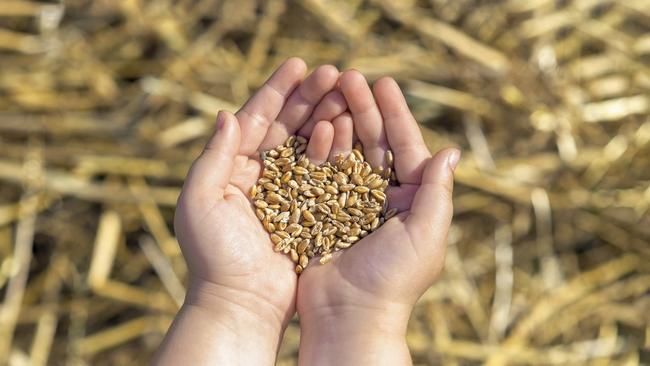Grains can come out on top in food trend change
Consumer food trends are changing, and this is opening up abundant opportunities for the grains industry. Here’s how.

THE grain industry can capitalise on changing food trends as consumers opt for a healthier diet.
And the industry needs to be ready for innovation in the area to make best use of the trend.
According to Grains and Legumes Nutrition Council Dr Sara Grafenauer, who spoke at this year’s online Australian Grains Industry Conference, consumers understand what is trendy and what supports good food choices.
“The first one is about quality carbohydrates. What we are hearing about here is that foods that are higher in fibre are healthier for us,” she said.
“Whole grains are naturally high in fibre and so they fit with this food trend really well.”
Plant protein was also growing in popularity among consumers.
“Plant protein is more sustainable, has a bit of a health halo and consumers believe this is better for them, “ Ms Grafenauer said.
A shift to a more flexitarian diet with consumers was also occurring, she said.
“Researchers in Australia have looked at this flexitarian concept and found as many as 20 per cent of Australians were now following a flexitarian pattern,” Ms Grafenauer said.
Being more aware of gut health was also increasing, particularly in millennials.
“A lot of younger consumers are very interested in gut health,” Ms Grafenauer said.
“Millennials are the biggest spenders and they are looking for food with added benefits and fibre is a part of that.
“Consumers’ preferences are changing and the industry needs to stay ahead of these trends.”
Research from the organisation also looked at taste properties and the composition of red versus white wheat, and how Australia could come out on top.
“In Australia we grow mostly white wheat. We have favourable and dry conditions during harvest which enables us to grow a lighter coloured type of wheat,” Ms Grafenauer said.
She said research showed consumers thought white wheat tasted better.
“So there is assurance there that people will choose Australian products,” she said.
According to Ms Grafenauer, oats and wheat are well positioned to meet population health needs.
“There is the opportunity there to get more premium prices with products made with whole grain and consumers are prepared to pay that premium,” she said.
“Consumers are looking for really good-tasting, but healthier products.”


